The Kingdom of Scotland and the Scots
Table of Contents
Our closest allies in Europe are the Scottish people. Our friendship is old and forged in our mutual hatred of the English! Supporting them and funding them as they annoyed and harass their Southern neighbours has always been a particular pleasure for us...
Scotland geography and its first inhabitants
Scotland has often been described as an inhospitable place by would-be Roman and English invaders. It is located in the Northern half of the British Isles and is divided into two big zones: the Highlands, high mountains and plateau area, and the Lowlands, lands that are closer to sea level and welcome the two major cities, Edinburgh and Glasgow. The country also includes many islands who are swept by powerful tides.
Scottish mountains are high, and its coast can be heavily indented or filled with dunes pastures. Scotland is rich in water; its freshwater bodies are called lochs and its estuaries firth. The mountains, forests and peat areas do not allow for agriculture, which forces farms to stay small. The growing season is also shorter and winter harsher than in the rest of the British Isles.
From the Roman time, Scotland has been apart from the rest of the island. The ability of the local Picts population ability to resist Roman authority led to a construction of a series of wall to separate the isle, including the famous wall of emperor Hadrian. A wave of immigration from Celtic people from Ireland called Scots settled North of the Clyde river. After the Normans' conquest of England in 1066, many Anglo-Saxons from England fled North to settle in the Lowlands.
Call our lands inhospitable all you want, we Scots have long thrived here and we are more than happy to have all of you Southern wimps stay where you are!— Every Scot ever
From the Roman time, Scotland has been apart from the rest of the island. The ability of the local Picts population ability to resist Roman authority led to a construction of a series of wall to separate the isle, including the famous wall of emperor Hadrian. A wave of immigration from Celtic people from Ireland called Scots settled North of the Clyde river. After the Normans' conquest of England in 1066, many Anglo-Saxons from England fled North to settle in the Lowlands.
The only one making this place inhospitable are the English with their endless invasion attempts!— Also every Scot ever
English interference during the Late Middle Ages
When the last heiress to the throne died without an heir in 1290, thirteen individuals claimed the crown. England of course saw fit to interfere and King Edward I chose John of Baliol as king. However, this did not work as planned as when Edward asked John for help to fight France, John had the good sense to make an alliance with France instead, starting in 1295 the glorious Auld Alliance that has united our two countries ever since.
Once again, an achievement of Philippe the Fair! Really, the best king we ever had!
Edward came over the border to imprison John and proclaimed himself as king instead. John abdicated in 1296 and was later allowed to retire from politics in France. Meanwhile, Edward also stole the Stone of Scone, the stone anchoring the Border Barriers of Scotland and thus serving to the coronation of Scottish king.
He attempted to extend English border barriers to cover the whole island and took back the Scottish stone with him as a trophy. This did not work thanks to some extremely impressive magic from the Scots who managed to design and raise a completely new border barrier in record time. Despite official denial, it is almost certain that a few English lives were used as a sacrifice to power the new barrier.
That will teach those English to meddle with such sacred matters as border barrier! See how they like their stone now that it has been rendered completely useless!
There was no Scottish king for a few years, but William Wallace was appointed Guardian of Scotland. He fought against the English for the independence of Scotland and beat them at Stirling Bridge in 1297. However, the next year Edward came back and defeated the Scots at Falkirk. Wallace escaped but he was alter captured and executed ignominiously, with his head hung from London bridge.
In 1306, a new king was finally crowned, Robert the Bruce. He then had to defend his title against the English in 1314 at the battle of Bannockburn, near Stirling Castle. The English of Edward II, superior in numbers, were soundly defeated. His heir, Edward III, was forced to recognise the independence of Scotland in 1328.
Even the pope was forced to recognise that Robert was the real king and not Edward! See that, English? God themselves is against you!
After this, Scotland was torn by conflicts between weak kings and powerful nobles and never-ending border fights with England. In an attempt to establish peace, King James IV married the daughter of the King Henry VII of England, Margaret, in 1503. However, when his brother-in-law Henry VIII went to war in France in 1512, rather than help England or even simply not interfere, James followed the decrees of the Auld Alliance and invaded England. Unfortunately for him, he died in a border battle in 1513.
His son, James V, was both of the Scottish House of Stuart and the English House of Tudor and should have symbolised the peace between both countries. Of course, it was not so...They all thought that as a member of both the Scottish House of Stuart and the English House of Tudor, James V would have symbolised the peace and friendship between the two countries... How naïve. They should have asked for our opinion and we could have told them how well marriage with the English went for us!
Queen Mary and religious problems
After a period of conflict between Scotland and England, James V died in the aftermath of a battle in 1542, leaving his infant daughter Mary as the next queen. However, Mary did not stay long in Scotland for she was married to the heir to the French throne, François II, in a splendid alliance between our two countries.
Ah! Sweet Mary! She made a splendid dauphine and an even more resplendent queen! All raised in France alongside in our care, she really had the best education and taste. Such a shame when the king died only 2 years after his coronation... Such a potent symbol of the alliance between our two people this wedding was!
Even more unfortunate, while Mary was growing up catholic in France, reformation had come to Scotland and the parliament formally converted the country to Presbyterianism, Scottish version of Protestantism, in 1560. When Mary came back to her kingdom in 1561, she was still welcomed. Yet she made two unsuccessful marriages that created troubles with the nobles of her court. They finally forced her to abdicate in 1567. She fled to England, but there her Catholicism made her a threat to her protestant cousin Queen Elizabeth I whose hold on power was still highly contested. Elizabeth had Mary executed in 1587.
Those imbeciles used King François' death as a pretext not to renew that alliance! They'd let their Protestantism go to their head and thought they had more in common with the English than us! All the troubles this brought them taught them a nice lesson in loyalty...
Mary Stuart's son, James VI, was brought up as a Presbyterian. When Queen Elizabeth of England died in 1603, James inherited the throne of England. In England he was called James I. The two nations were thus united under a single king, but Scotland remained a separate state with its own parliament and government. Scotland was still independent enough to fight against James' son, Charles I, when he attempted to impose England's version of Protestantism, Anglicanism, on them. This convinced the Scott to help the Puritan fight their civil war against Charles.
Still, when the Puritans ended up executing the king in 1649, the Scott choose to support the new king Charles II rather than Cromwell, the Puritan's leader. Charles II had a French princess as mother and stayed in France with us until we managed to put him back on the throne. Yet he proved to be an ungrateful king for Scotland, for he continued the persecution of Presbyterians.
King François II of France and Queen Mary of Scotland by Wikimedia Commons
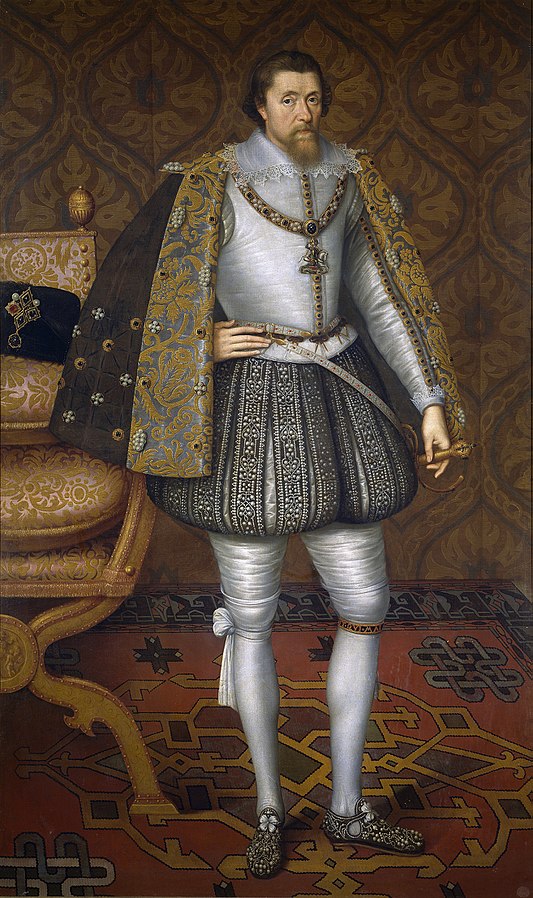
King James I of England and VI of England by Wikimedia Commons
The Jacobite rebellion
When he died without an heir in 1685, he was succeeded by his brother, James II. A Catholic. This prospect so horrified the English that they ended up chasing him from the throne in 1688, pushing him to take refuge in Scotland as his father had before him. Despite still being firmly Presbyterian, Scotland welcomed him with opened arm and proclaimed him their king. Several attempts were made to put the Stuart House back on the English throne without success. His son was raised in France and got proclaimed James III king England and Ireland and James VIII of Scotland after his father's death in 1701.
Soon after, the Scottish and English parliaments fused together in 1707 in the Act of Union to establish the Kingdom of Great Britain. In effect, this resulted in the end of Scottish independence and its subjugation under the English. This led many in Scotland to support James during his first attempt in regaining his thrones in 1715, but he failed. Next it was his son, Charles, who made an attempt to regain the thrones in his father's name. The young Bonnie Prince Charlie was extremely popular in Scotland and his defeat of the English in 1745 at the battle of Culloden was widely celebrated through the country.
Take that, you damned English!— Every person in Scotland
Unfortunately, the victory was not decisive enough for them to attempt to retake England, and so instead they settled for re-establishing a fully separate parliament and kingdom in Scotland with James III as their king. The new country has of course re-established the Auld Alliance with France in union against the English.
And we have been standing together since then. Scotland has finally seen sense and is always eager to help beat up some English guys when we ask! We really make the best of friends!
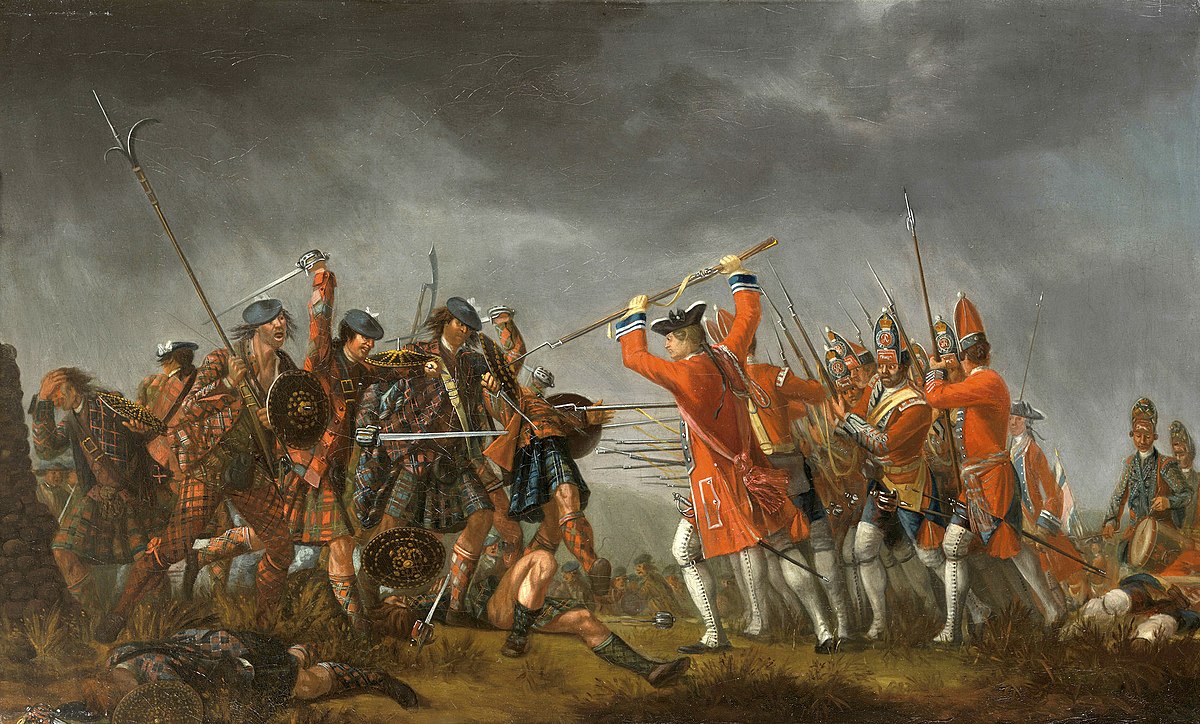
The Battle of Culloden in 1745 by Wikimedia Commons
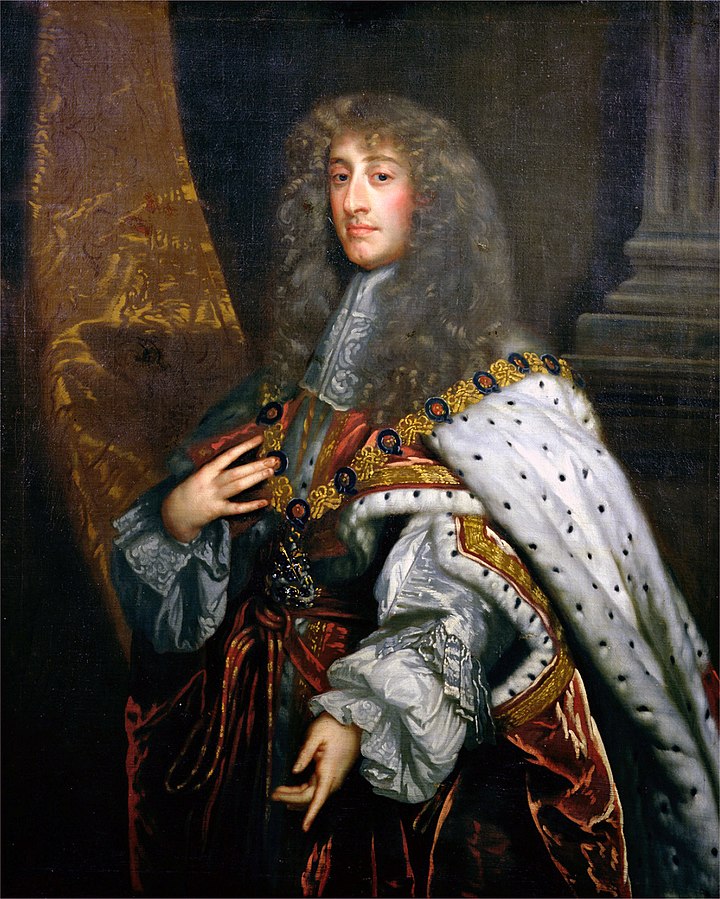
King James II of England and Scotland by Wikimedia Commons
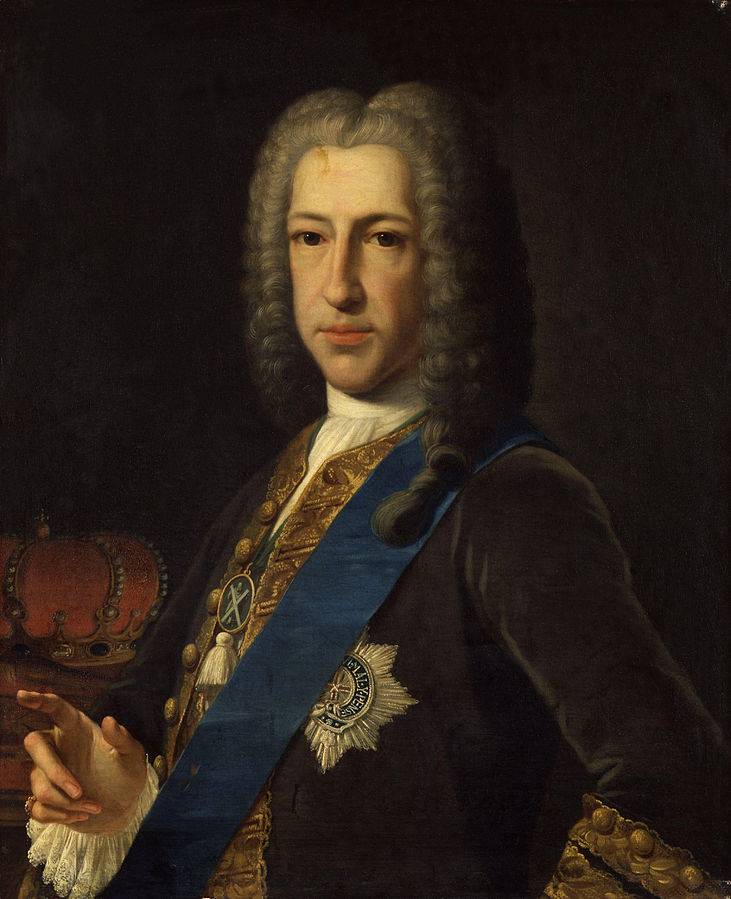
King James III of Scotland by Anton Raphael Mengs at the National Portrait Gallery in London
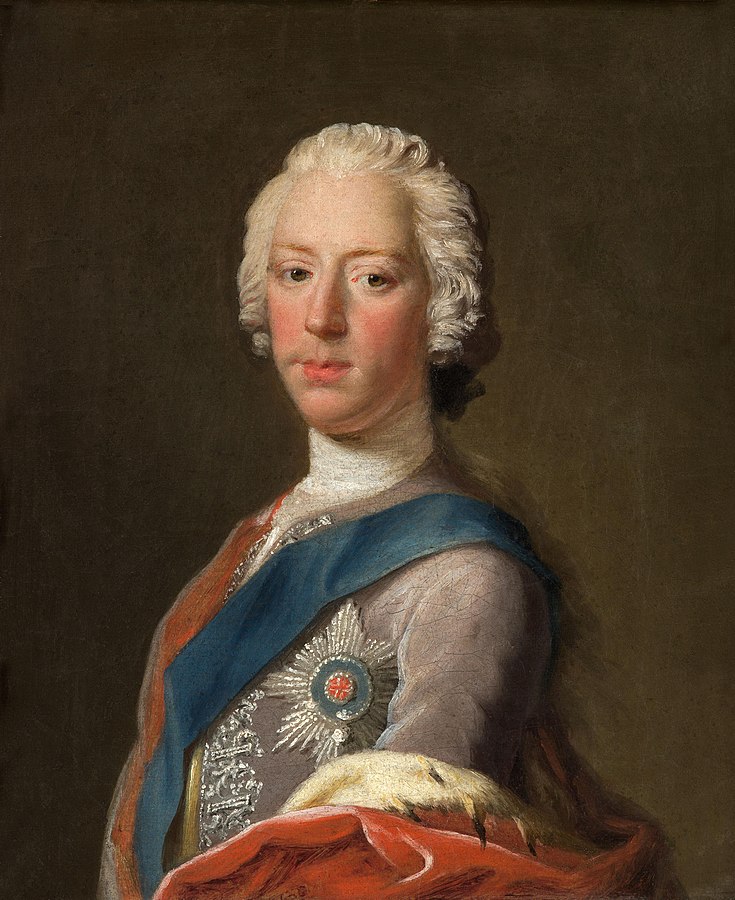
King Charles III of Scotland by Wikimedia Commons
Independent Scotland
Monarchs
The dethroned King James II of England and VII of Scotland reigned between 1685 and 1688 in England and until 1701 in Scotland. His son, James III of England and VIII of Scotland ruled until 1766, his son Charles III of England and Scotland until 1788. Charles had a daughter, Charlotte, in 1753 with Clementina Walkinshaw of Barrowhill, herself the daughter of one of his Scottish supporters. Charlotte was Queen Charlotte I of Scotland and England until 1789 when she died of a cancer. She had a son, Charles IV of Scotland and England, born in 1779 and who is the current king.
Notably, Queen Charlotte and her son have changed the order in which their titles are indicated, putting Scotland before England in a deliberate snub against the English and in an attempt to court the Scots.
The current king is married to a French noblewoman and they had a daughter, Marie-Victoire Adelaide, in 1805 who is the current heiress to the throne. Marie-Victoire's husband, a Scottish noble, was cursed and has not been able to give her children. A fortunate accident has recently killed him and she is now finally able to look for a new husband. Her younger sister, Charlotte Maximilienne Amélie, already has children and so at least the succession is secure, allowing Marie-Victoire to take her time to choose the best parti.
The French king has been around for a while now, despite the English and Austrian best effort. France seems to have stabilised enough and to be getting up to speed with the industrial revolution. That might be an interesting parti to consider...— King James IV and IX
Princess Marie-Victoire of Scotland by Wikimedia Commons
Queen Charlotte of Scotland by Wikimedia Commons
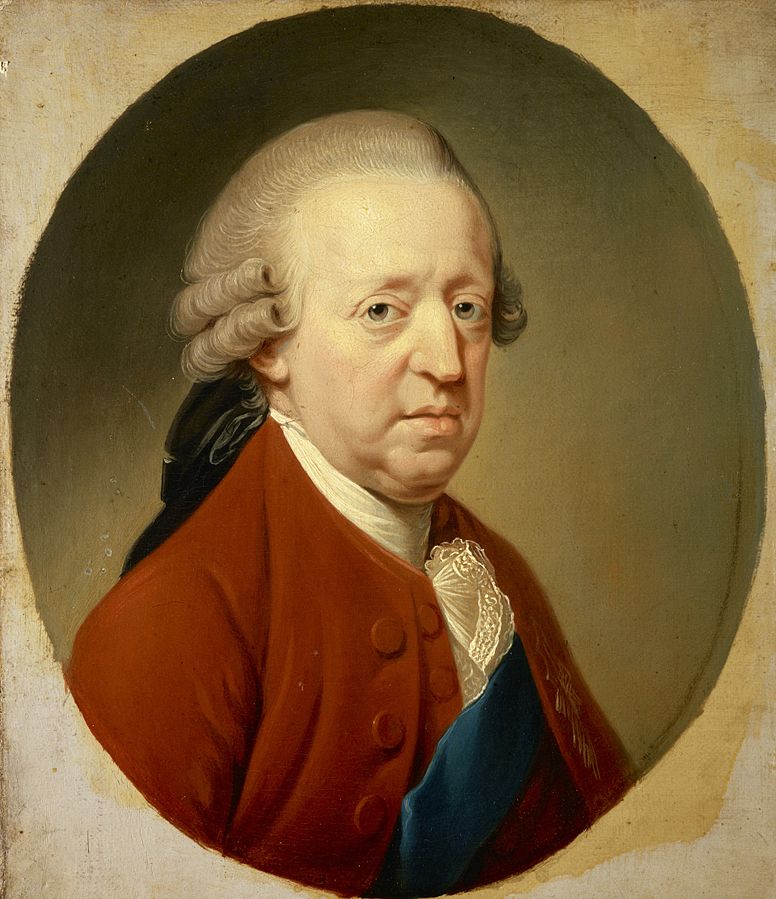
King Charles IV of Scotland by Wikimedia Commons
Arts and Science
After those events and despite all predictions, the Kingdom of Scotland thrived, highly helped by the return of a royal court to Edinburgh and the patronage of the king for arts and sciences. The new period became called the Scottish Enlightenment for all of its philosophical and scientific achievement. Of particular notes are:
Francis Hutcheson, a philosopher who created the base for Utilitarianism.
David Hume a philosopher. His "Treatise on Human Nature" and "Essays, Moral and Political" helped outline the parameters of philosophical empiricism and scepticism.
Adam Smith an economist who wrote the extremely influential book "The Wealth of Nations".
Robert Burns, Allan Ramsay James and Macpherson, poets.
Sir Walter Scott, a writer who published acclaimed books including "Ivanhoe".
William Cullen, a famous and influential physician.
Joseph Black, physicist and chemist who discovered magnesium, latent heat, specific heat, and carbon dioxide.
James Anderson, an agronomist who invented the Scotch plough.
Patrick Bell, an inventor who invented the reaping machine in 1828.
James Hutton, geologist who advanced the idea that the world's remote history can be inferred from evidence in present-day rocks.
James Watt, inventor, mechanical engineer, and chemist who improved the steam engine.
William Murdoch, engineer and inventor who improved the steam engine, invented the pneumatic tube message system, iron cement and other chemical compounds, and gas lighting.
Adam Smith, author of the "The Wealth of Nations" by Wikimedia Commons
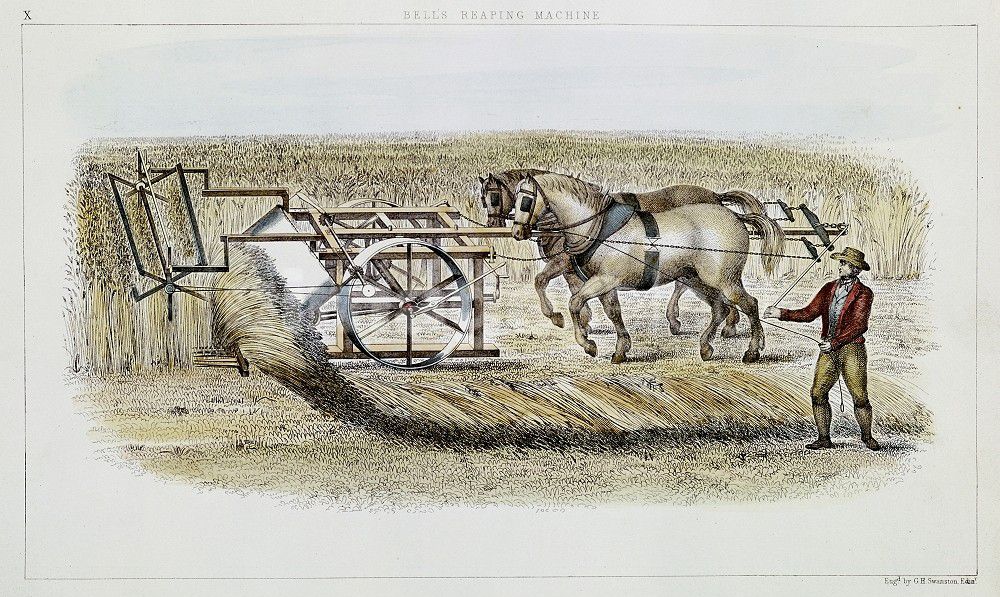
The reaping machine invented by Patrick Bell by Wikimedia Commons
Scottish Enlightenment greatly complemented our own, and our universities exchanged many of our greatest thinkers over the years. You'd almost pity the English, left all alone in their corner!
Trade
Physical wealth also came to Scotland thanks to its important trade with the American tribes. Scottish navy is still to this day one of the principal rivals to the English navy, and this allowed for a thriving trade with the American tribes, making Glasgow one of the major trade centres in the British Isles. Linen, cotton, jute, and woollen are major production in Scotland, especially thanks to the new machines of the industrial era. Merchant made rich by the trade have invested in many fields including leather, iron, coal, sugar, rope, sailcloth, glassworks, breweries, and soapworks. The British Linen Company is the largest firm in the Scottish linen industry, and it is extended its activities to banking. In 1837, there were 24 banks in Scotland with 274 offices. The two major banks were the Bank of Scotland and the Royal Bank of Scotland, both established in Edinburgh. The invention of the hot blast for smelting iron in 1828 has revolutionised Scottish iron industry and is slowly transforming the country into a centre for engineering, shipbuilding (which was already prominent around the Clyde river and Glasgow) and, more recently, the production of locomotives, with the first successful locomotive-powered line opening in 1831 between Monkland and Kirkintilloch. As a results of the industrial revolution, coal mining is also becoming a major industry.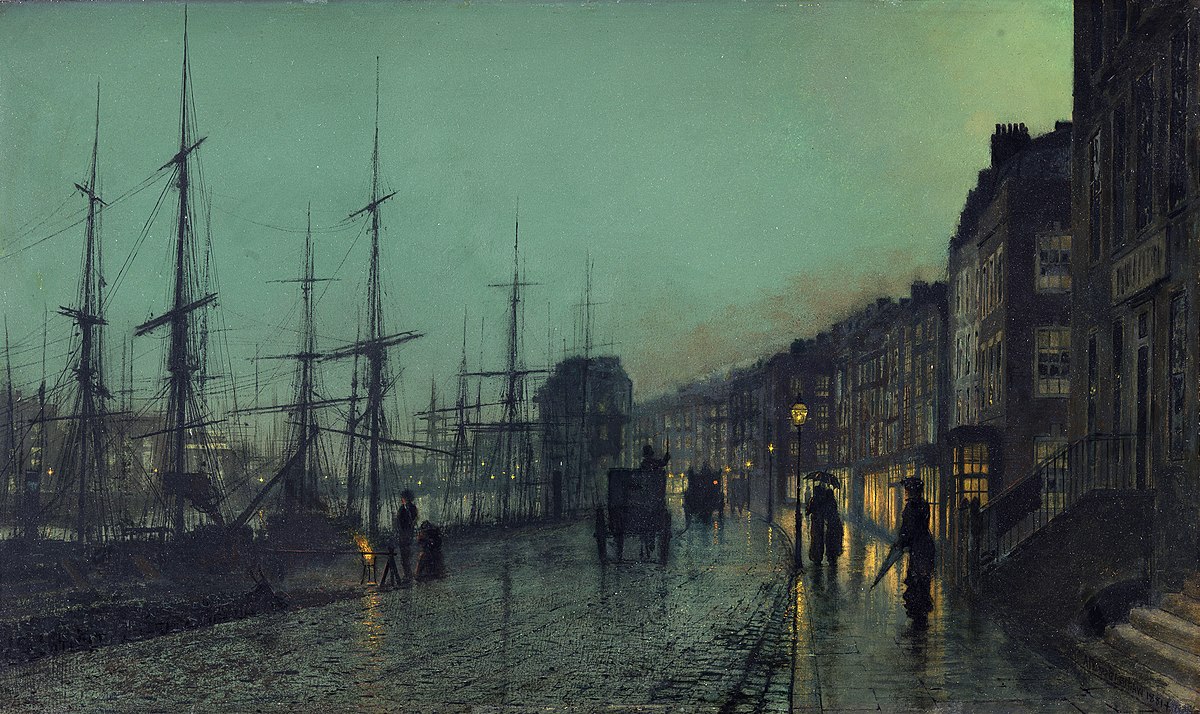
Shipping on the Clyde by Wikimedia Commons
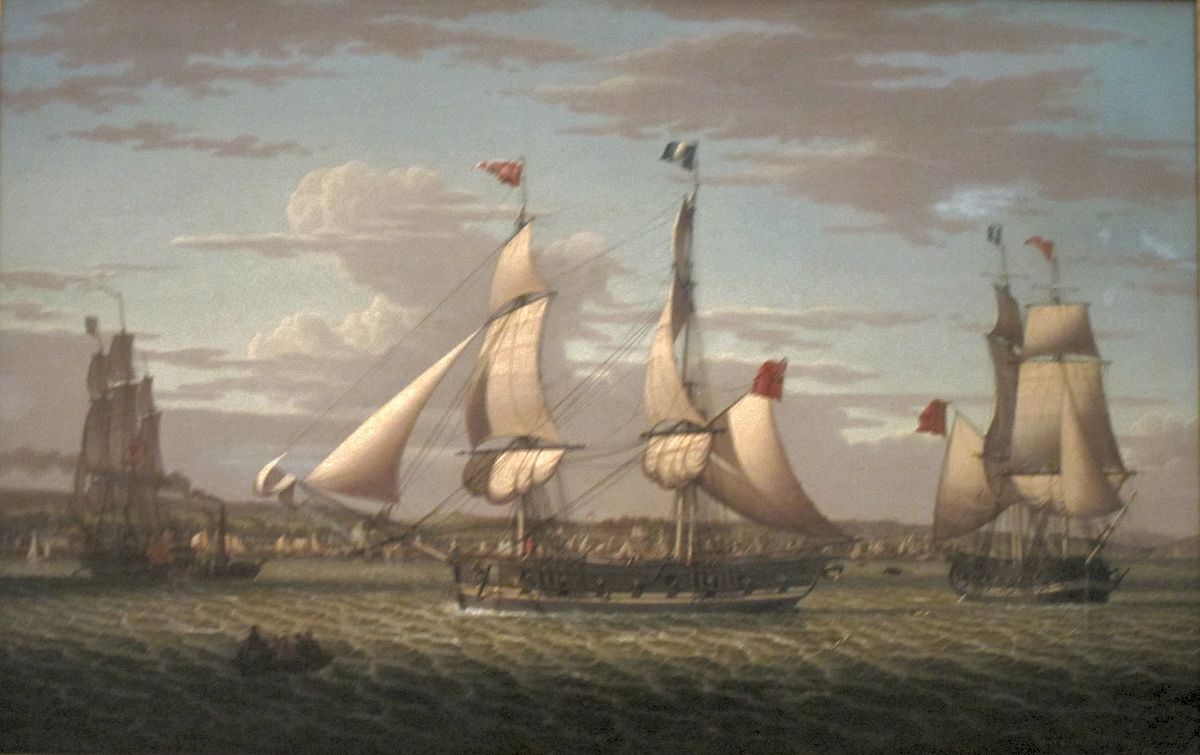
Ships off Greenock, Scotland by Wikimedia Commons
And France and Scotland have also a flourishing trade together. Scottish wool and textile are always well appreciated, but we also highly welcome the bottle of whiskies that are smuggled in between the fabric rolls!
Language, education and religion
The language spoken in Scotland are Scots, Scottish Gaelic, English and French. Gaelic is the major language of the Highlands, with Scots majorly spoken in the Lowlands and the official language of the government. During the Union with England, the kings strongly encouraged their Scottish subject to speak English, but this never spread very far beyond the big urban centre. Since Scotland has regained its independence, the opposite has happened and Scots is once more preferred by the royal court.
Scotland has 4 universities (St Andrews, Edinburgh, Glasgow, Aberdeen) and several schools of higher education. It also has a school in every parish to provide basic education to all children.
The major religion of Scotland is the Church of Scotland which is Presbyterian, a form of Protestantism. It has no head of faith or leadership groups. The practise of other religions is also tolerated, and there are strong minorities of Catholics, especially in the Highlands, and of people belonging to the Episcopal Church in Scotland, a branch of the Anglican faith.
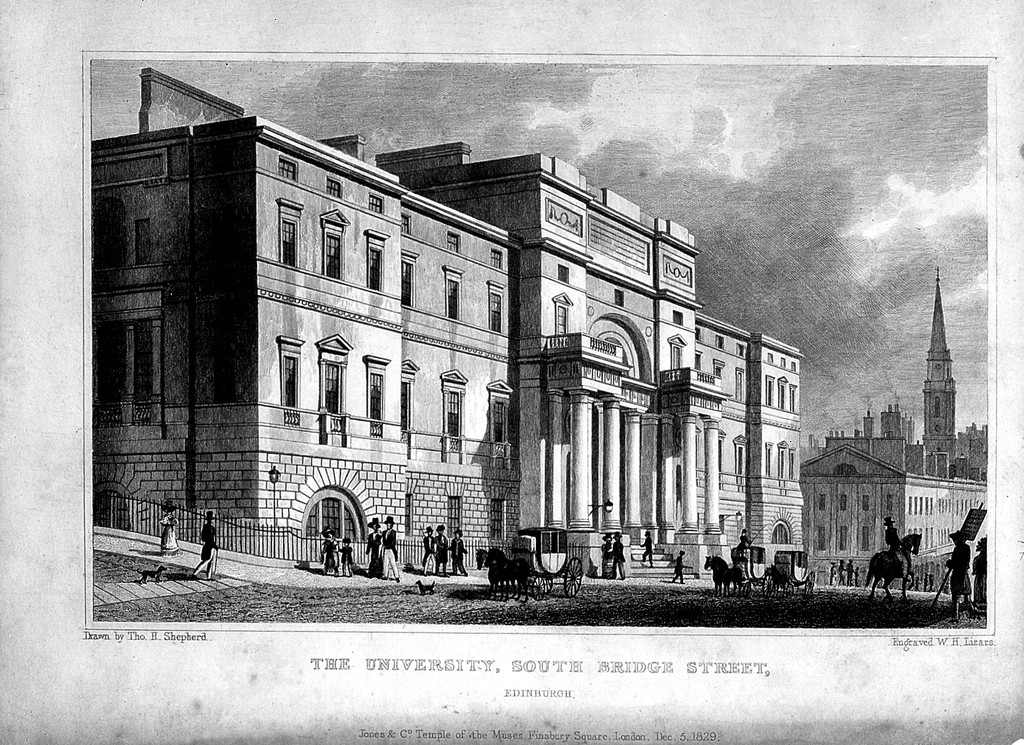
The University of Edinburgh by Wellcome Collection
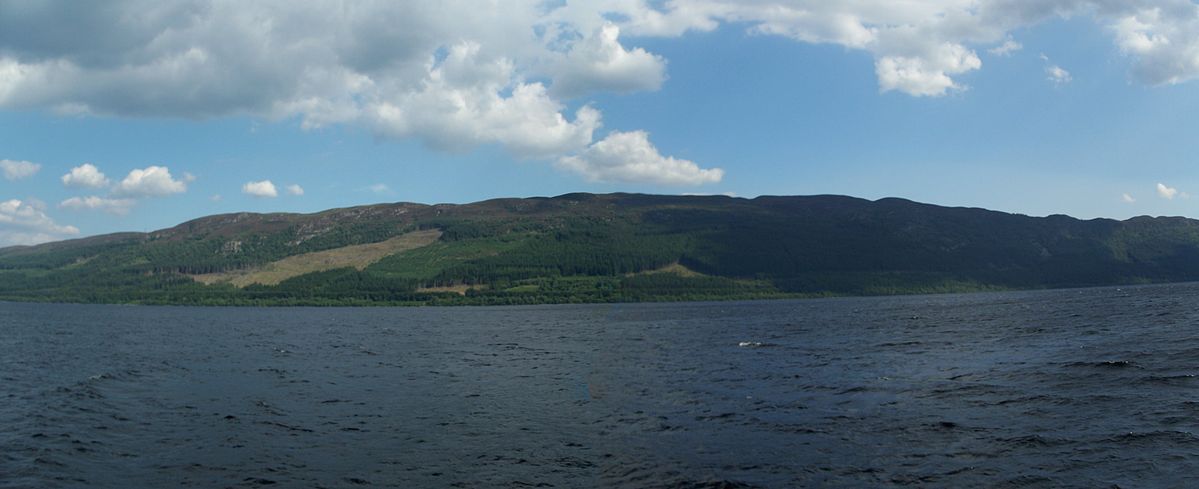

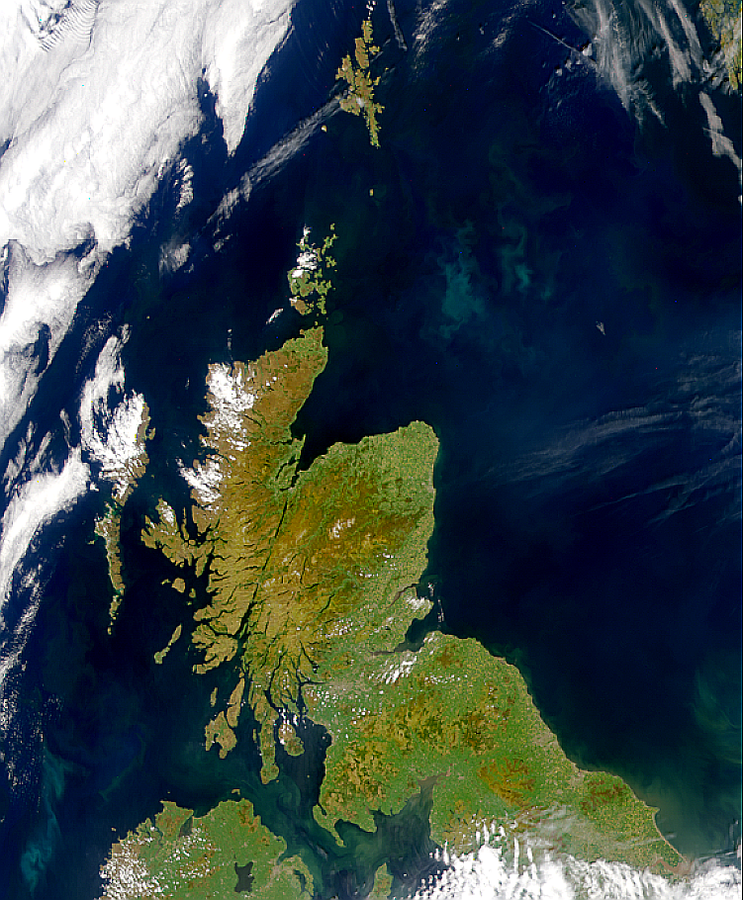
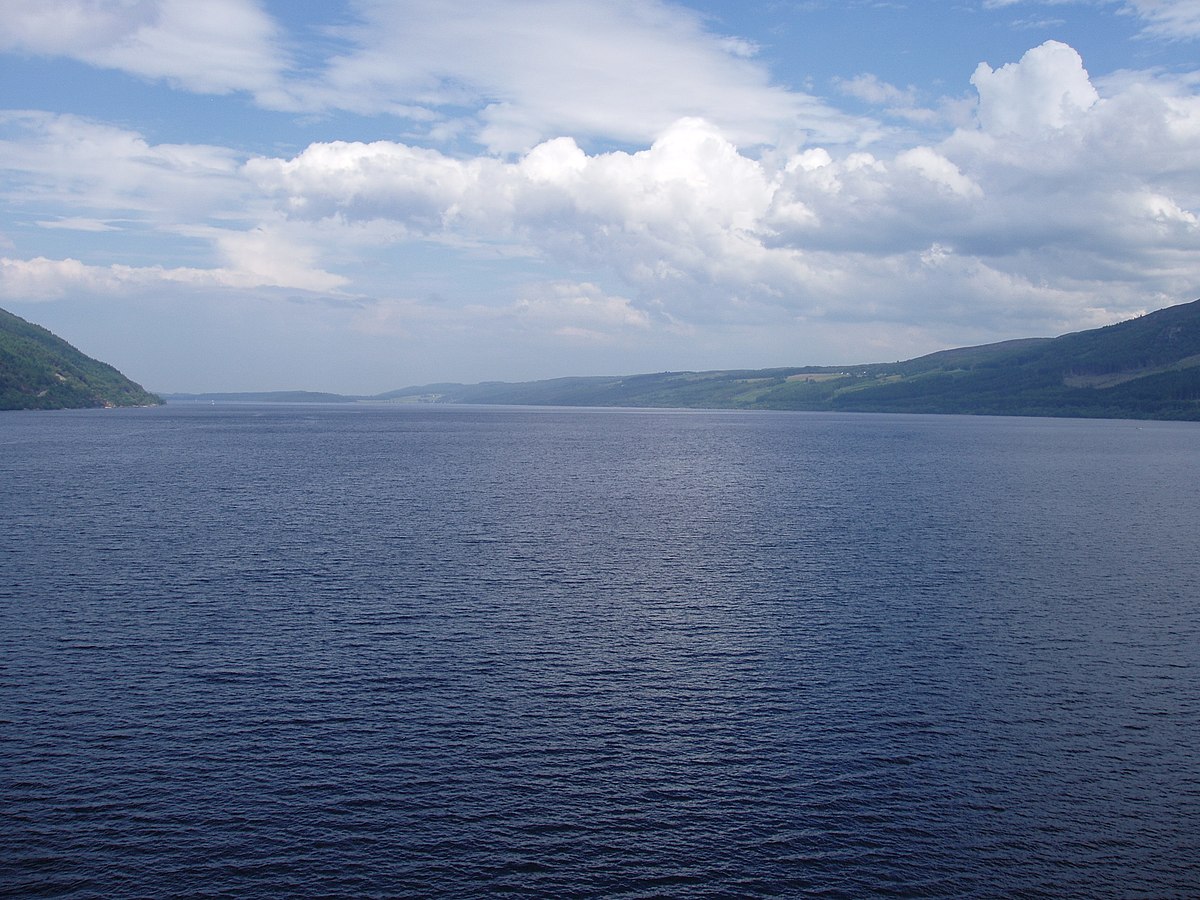
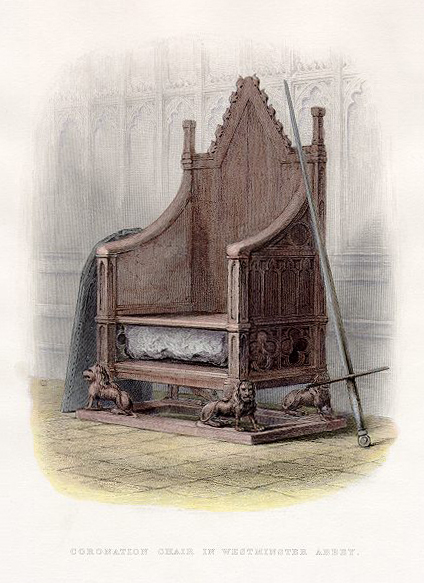
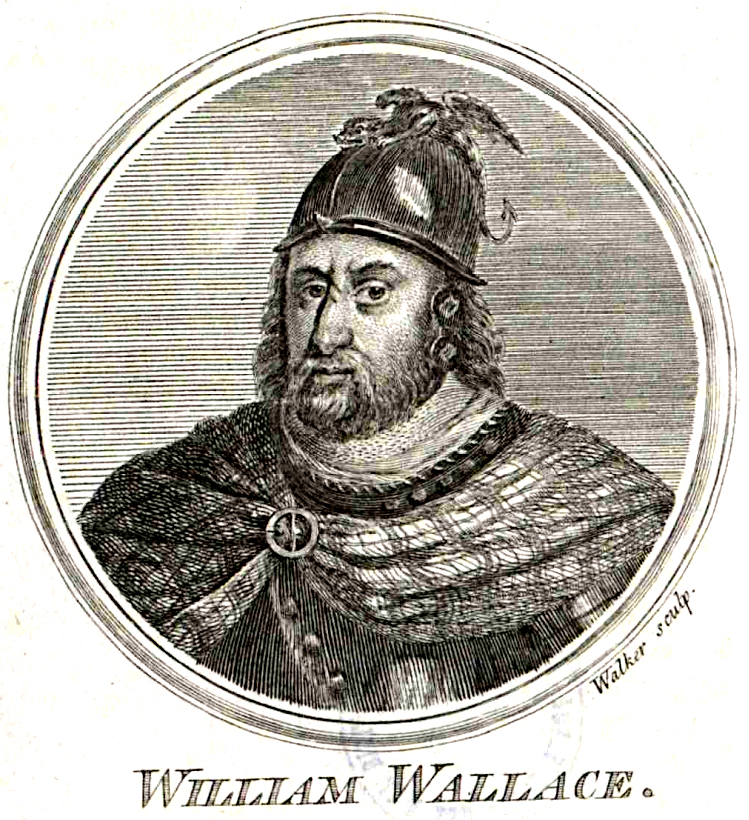
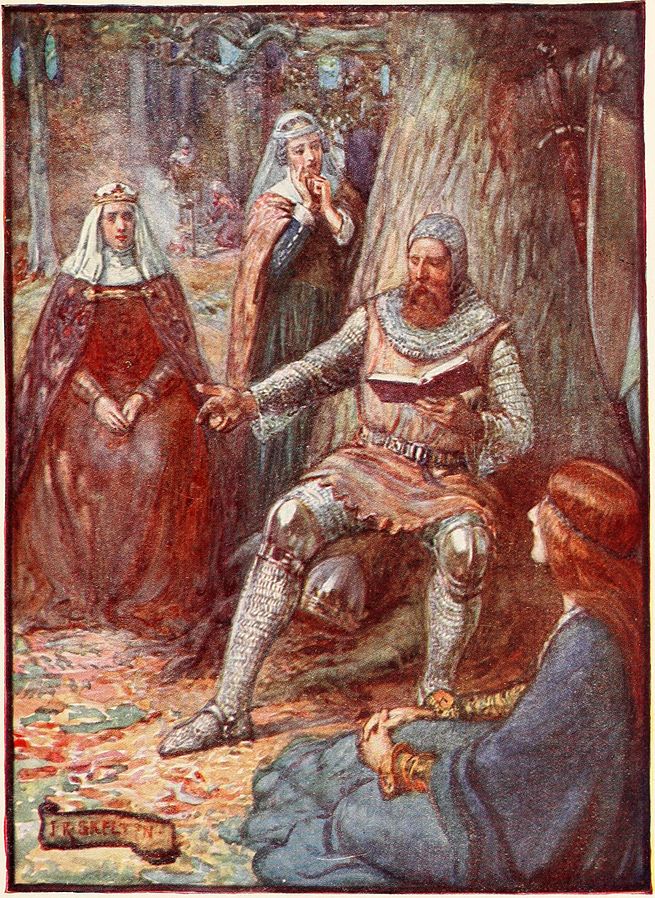
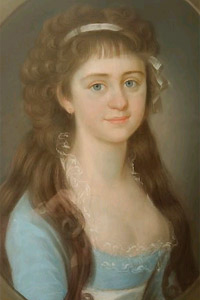
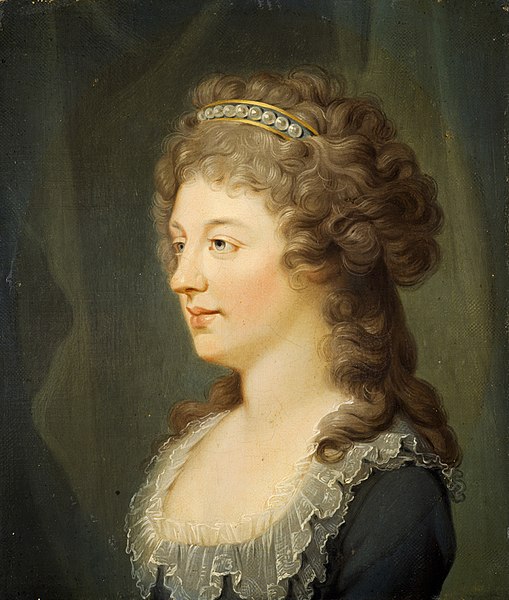


that was a nice read! Still want to wander about in Scotland for a holiday, someday.
So many beautiful places :D I resisted included tons of pictures in the first section :p